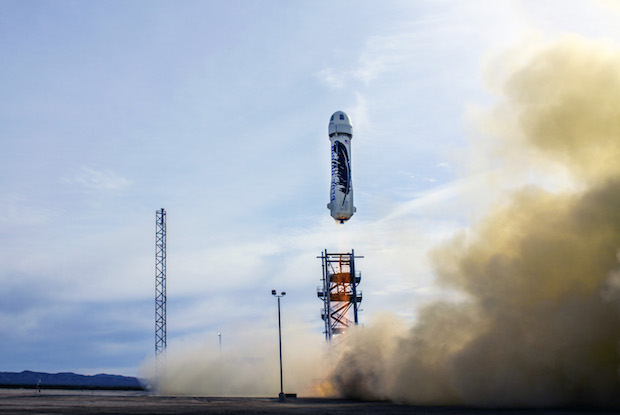The LISA pathfinder mission will test the technology to (possibly!) detect gravitational waves, one of the last unconfirmed predictions of Einstein's theory of general relativity - finding them or ruling them out could severely change our understanding of the Universe. So it's no surprise that the mission controllers have been training hard to run the mission, and are eagerly awaiting its launch. They completed their final dress rehearsal late last week, and the mission will lift off on a Vega rocket on the second of December. It will be stationed a Lagrange point, a gravitational plateau in space.
 |
| Above: Infographic of LISA's mission, courtesy of ESA. |
Space mining law may violate international treaty
A US law that was welcomed by proponents of mining objects in space, because it began to set a legal frame work for claiming ownership of goods derived from in space mining, may be in breach of international treaties, a group of lawyers have stated.
Ram Jakhu, a professor at McGill University's institute of air and space law, told the Canadian Broadcast Company he thinks the new law is direct violation of the treaty. "My view is that natural resources [in space] should not be allowed to be appropriated by anyone -- states, private companies, or international organizations," Jakhu said.
Skylon talk
You may have heard of Skylon before: It's an attempt to build an unmanned reusable space plane, using a revolutionary design of jet/rocket hybrid engine called SABRE. They've won funding from BAE systems and the British government. The USAF has declared the SABRE engine design is feasible...... basically there're a lot of big hopes coming from this company, and I've stumbled across a very interesting talk by Reaction Engines' Richard Varvill from earlier this year.
Above: A presentation from April on Skylon, by Richard Varville
A U.S. National Oceanic and Atmospheric Administration satellite, retired in 2014, has apparently exploded in space. If confirmed this will be the second time this year that a satellite in polar orbit has exploded. A design flaw in the space platforms batteries is suspected of causing the explosion. other space craft are not currently thought to be in danger from the debris.
Blue origin launch is a big step towards re-usable orbital space flight, says Jeff Bezos
There is a difference between orbital and sub orbital flight: A sub orbital craft just needs to leave earth's atmosphere, while an orbital craft needs to build up the tremendous sideways speed needed to get onto an orbit. So a lot of people (including SpaceX founder Elon Musk) pointed out that the successful test flight of Blue Origin's sub orbital rocket last week was just that - sub orbital, and not likely to lead to a re-usable orbital launch vehicle.
But Blue origin's founder, Jeff Bezos disagrees: “(For) our orbital plans, we’ve leased pad 36 at Cape Canaveral, and we’re building an orbital system, but the first stage — the booster stage of that — will be architecturally identical to the vehicle that we just flew because the environments and everything else are very, very similar, and having demonstrated that, we’ve basically validated that architecture with this flight,” he said.
I wonder which direction he'll be taking his spacecraft technology - in every sense?
 |
| Above: The launch of Blue Origin'srocket. Courtesy of Blue Origin. |
No comments:
Post a Comment